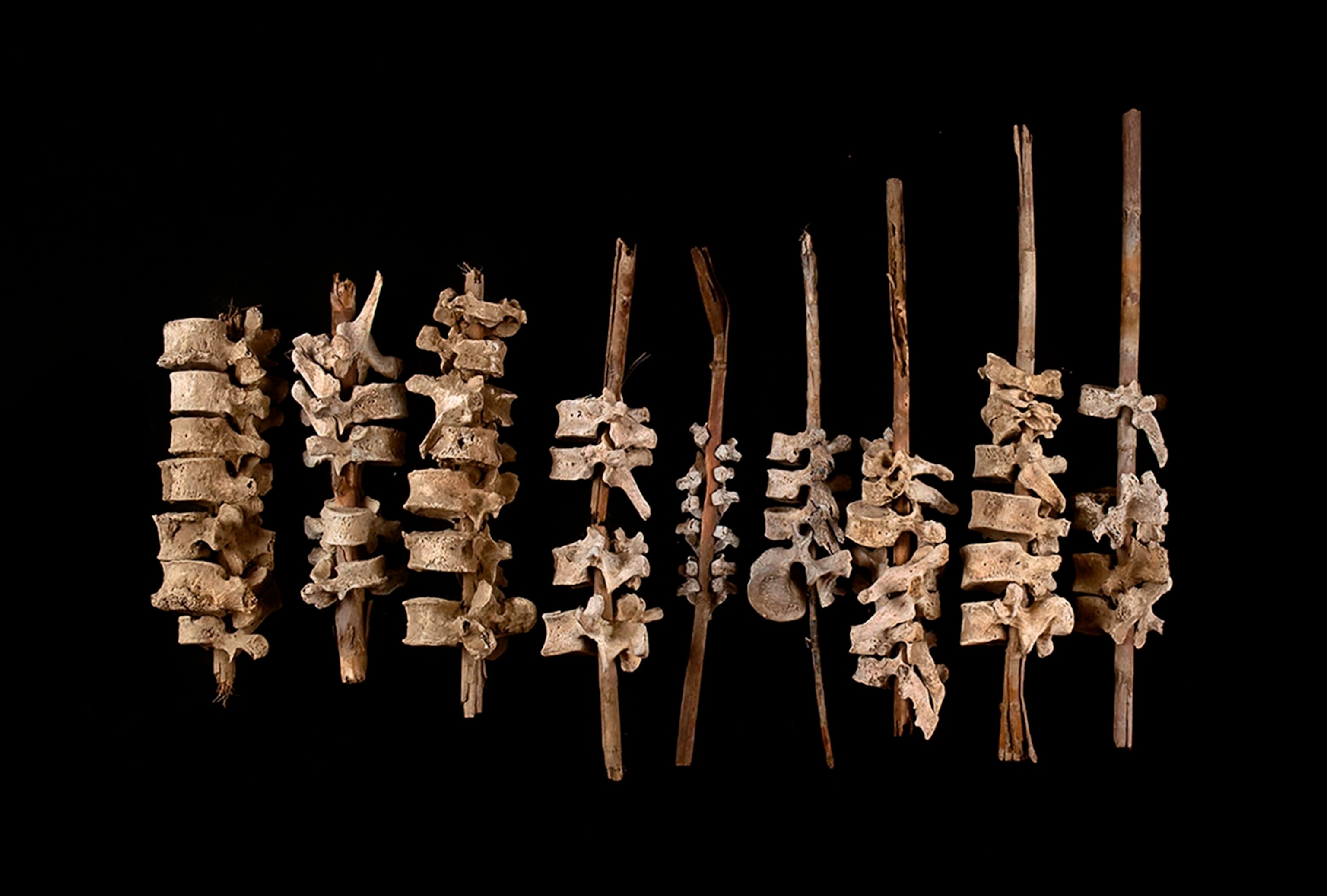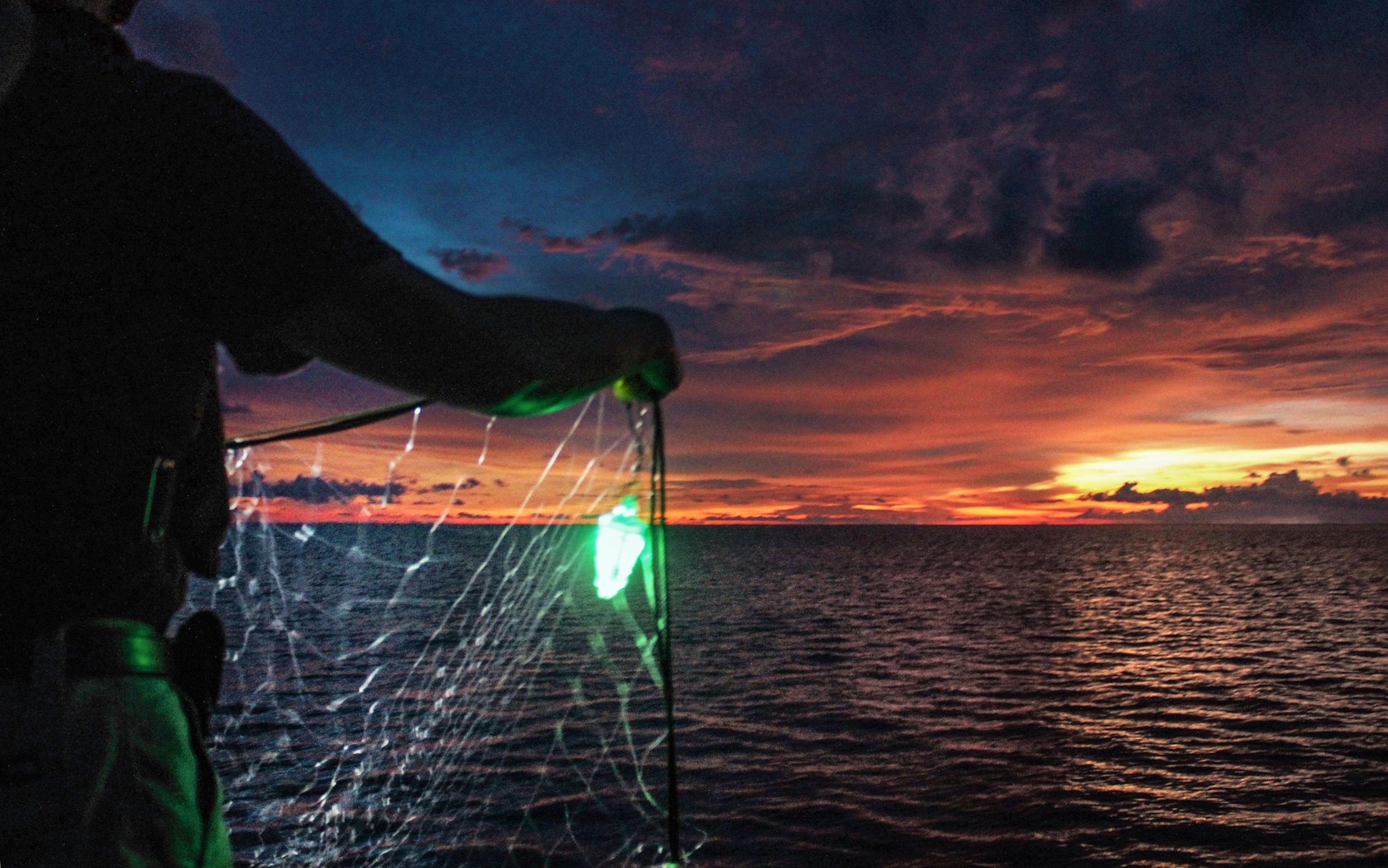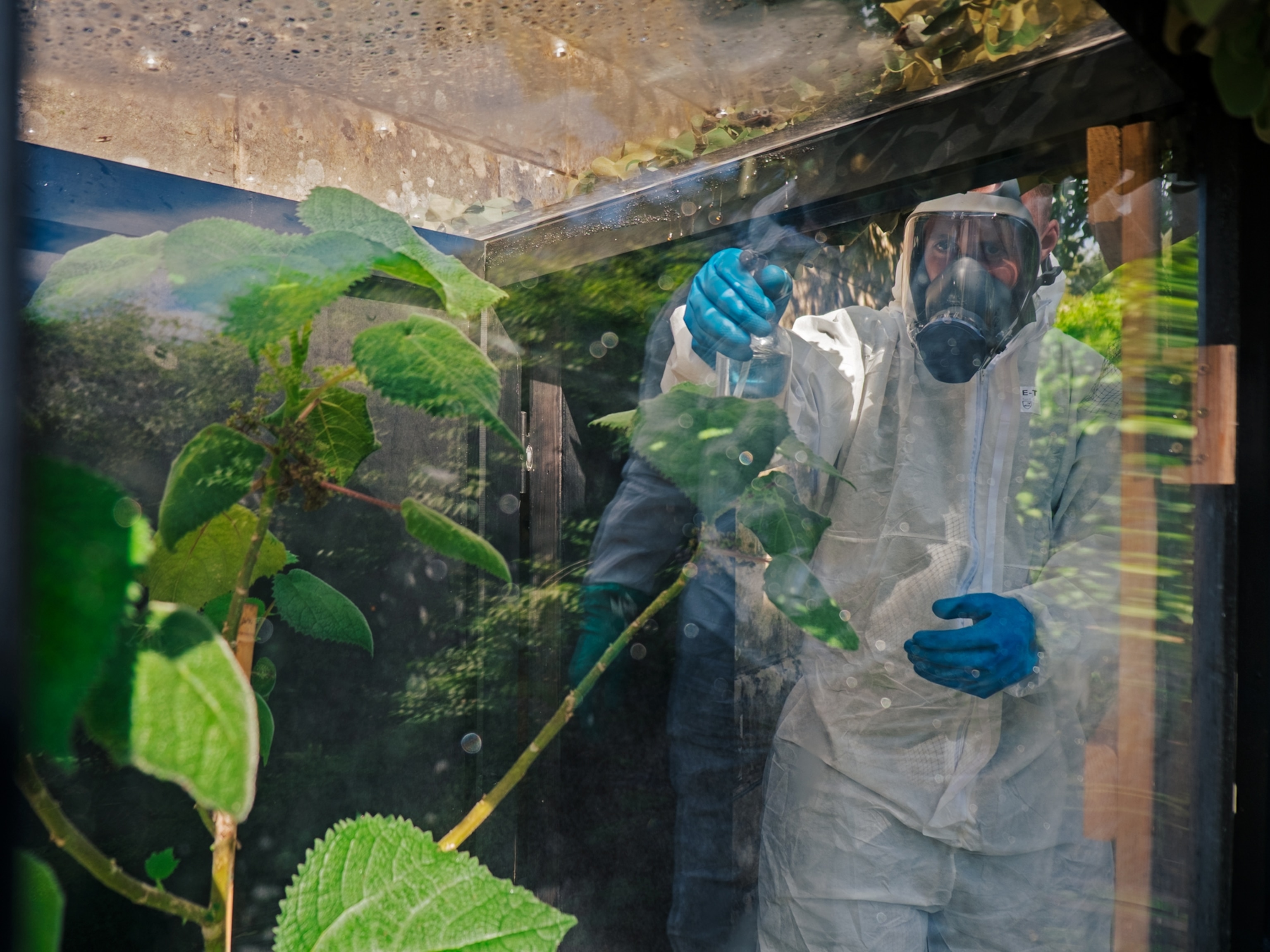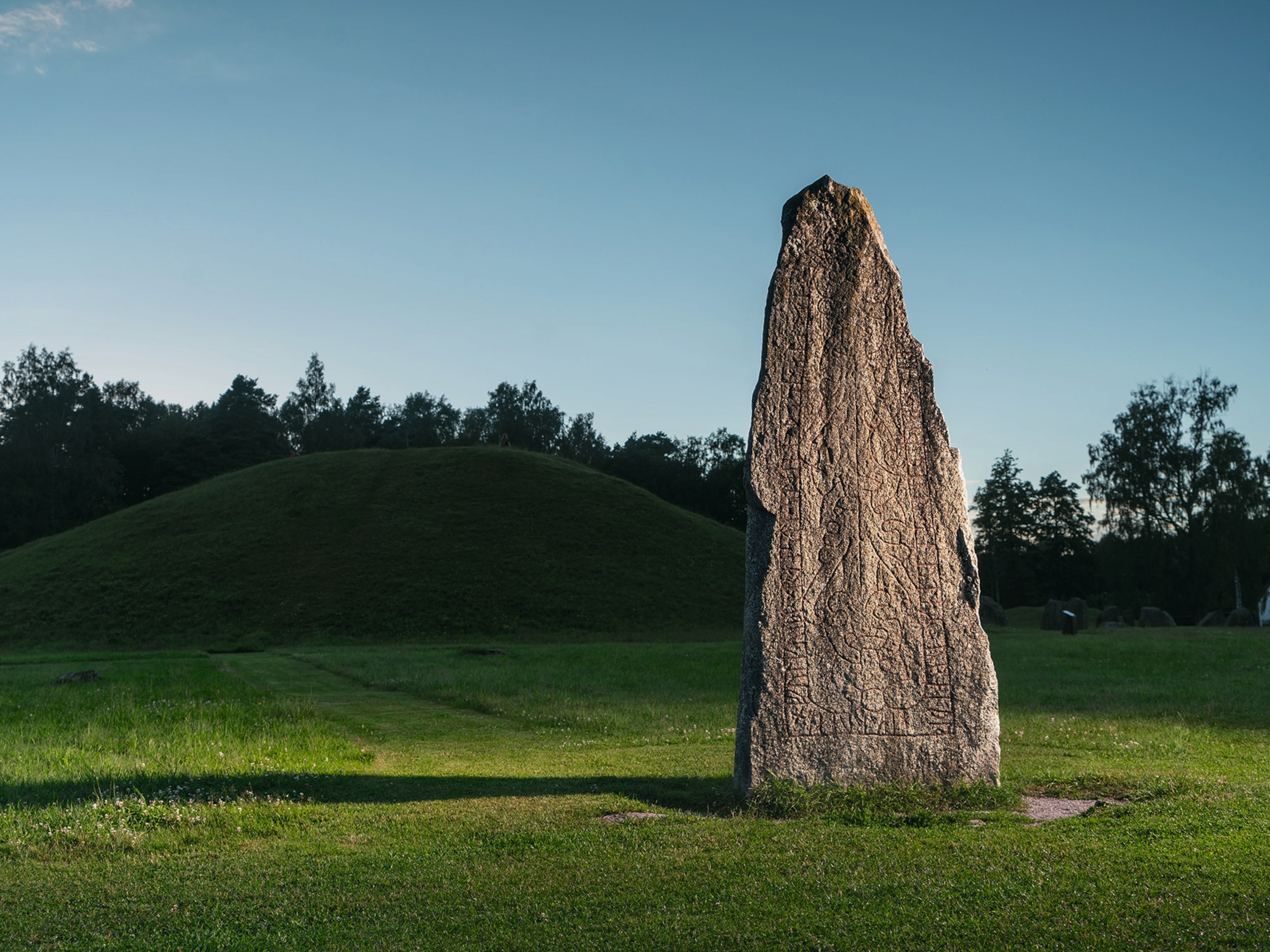
The secret behind the amazing strength of lily pads and other science news
Researchers analyze the architecture of giant water lilies, 'spines on sticks' honor ancestors, and a green light helps conserve marine life.
The hidden strength of giant water lilies
At up to 10 feet in diameter, the floating leaves of giant water lilies (genus Victoria) are the largest on Earth. In South American waterways, they thrive and crowd out other plants. Some are sturdy enough to support the weight of a small child—a concept that a new paper in Science Advances illustrates literally, with a photo of a tot curled up on a colossal leaf.
The species V. cruziana, though long known to be strong, was little understood until this study analyzed the underside of its leaf, where veins branch from one artery to the next in a geometric pattern. The rigid vascular architecture lets the plant spend less energy maintaining its size than other water lilies do; it provides, in the lead author’s words, “high strength at low cost.” The leaves’ design could be adapted for other applications, such as floating platforms of solar panels in the ocean. —Hicks Wogan
‘Spines on sticks’ honor Andean dead
Human vertebrae threaded on sticks may have been Indigenous people’s attempts to reconstruct ancestors’ bodies after graves were looted during Spanish rule in Peru some 500 years ago. Archaeologist Jacob Bongers studied 192 sets of the spine bones; he says dating shows they were first buried in the early 1500s and threaded on sticks about 40 years later. Descendants likely were “picking up the pieces of their dead and trying to put them back together” to restore the integrity of burials or bodies, he says. —Tom Metcalfe

Call it a net win for marine life
Attaching green-colored LEDs to fishing nets called gill nets greatly reduces the amount of marine life caught in them by accident, recent tests showed. Illuminated nets need less repairing because sea turtles, sharks, and other species can see and avoid them. The lights reduce bycatch deaths and don’t hurt hauls of targeted fish. —HW






